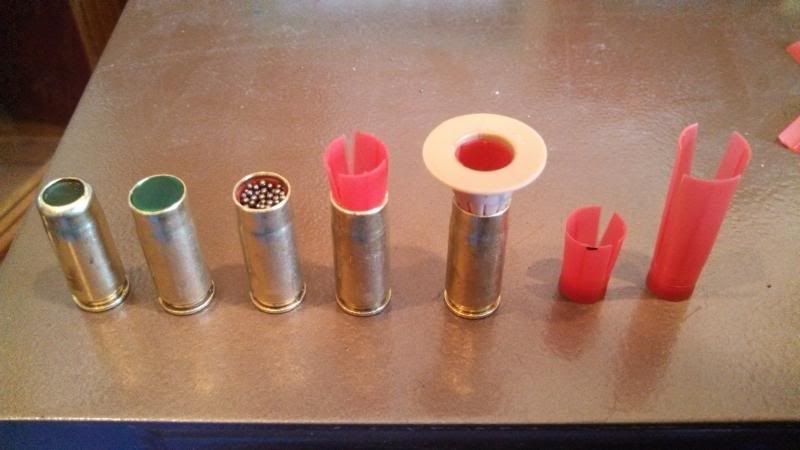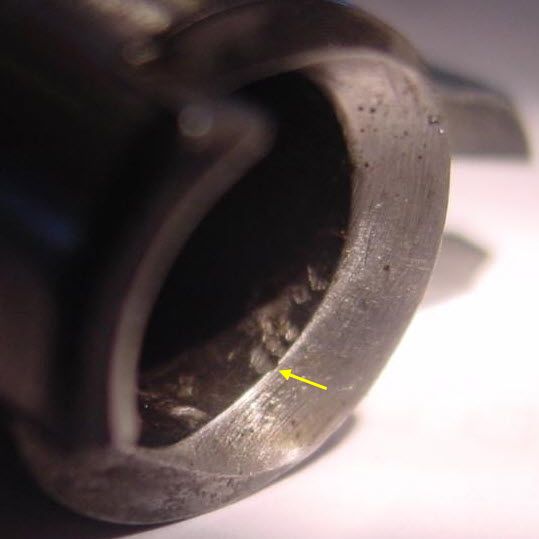I reloaded some EC 42 .45ACP cases back in the 50's.I used steel reloading dies and had no problems.
EC 42? (typo??)
I loaded some EC 43 cases back in the 70s. I was a stupid kid, new to reloading and didn't know any better. Lyman steel die. Essentially wrecked it, though I didn't realize it at the time and kept using it for some time, and had trouble with my reloads. When I got a new die, those troubles went away.
I remember, also that the primer pockets of the EC 43 cases were a bit too small for LP primers. Being a kid, I smashed them in anyway. Somehow, none detonated (SLOW squeeze seldom sets off a primer) and they did all fire in the gun, but I never reloaded them again.
For a real challenge, try to use .308 brass to make .45acp rounds.
It's almost doable.
It's quite "doable", but I don't think its worthwhile. I make .357AMP & .44AMP cases out of .308 brass, because for years there was no other option. And there's still no commercially made .357AMP brass and .44AMP brass is currently "waiting on sufficient orders" to produce another run (Starline).
As long as they share the same head size, you can make ANY shorter case out of a longer one. All that differs is how many steps it takes. Some require multiple forming dies and reamers, some don't. For example, making 7.7mm Jap brass from .30-06 is a simple matter, making .22-250 (or .45acp) from .30-06 is a much more complex multi step operation, but it can be done with the right tools.
I ran recap tires for many years, my daily commute was nearly 100miles. Had my share of blowouts and tread coming off. Then I ponied up and bought some new quality tires. They lasted 3-4x longer than the recaps. Actually turned out to be CHEAPER buying new, in the long run.
Steel cases can physically be reloaded, (IF you can get the correct primers)BUT regular commercial reloading equipment is not intended for that, can be damaged by doing it, and the cases themselves are inferior to brass in several ways. If you shoot steel cases (I don't) shoot the loaded ammo, then send the fired cases to the scrap metal recycler.





